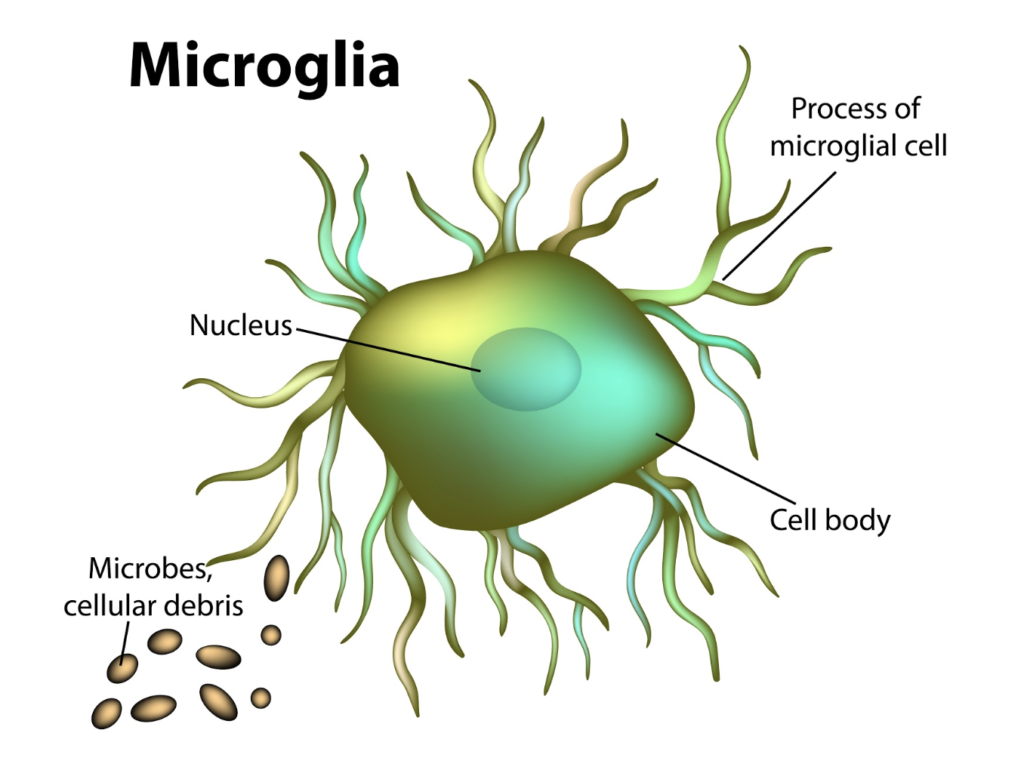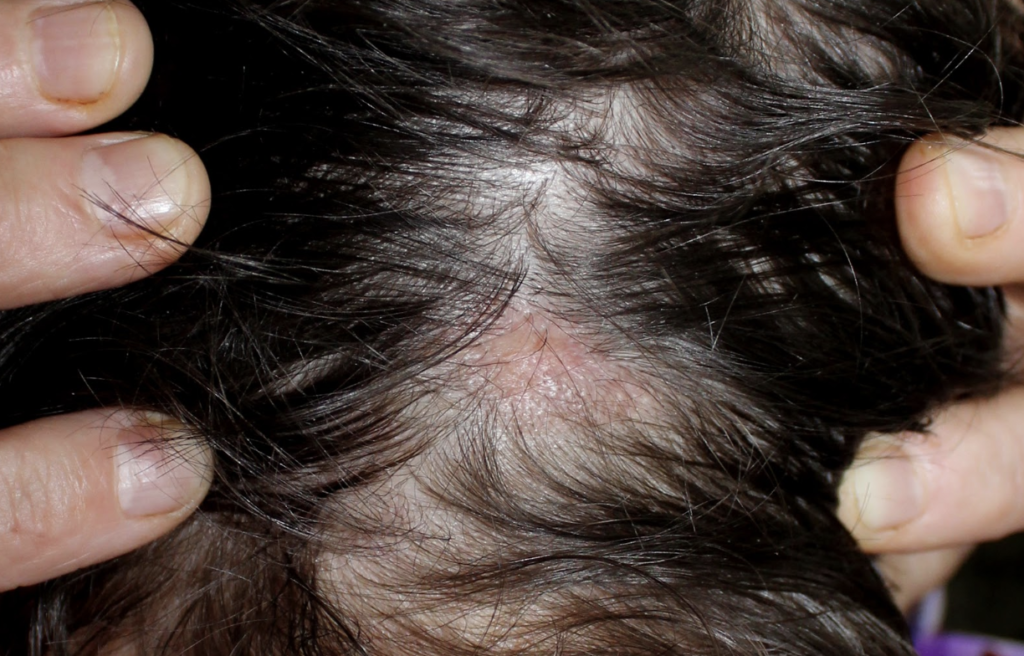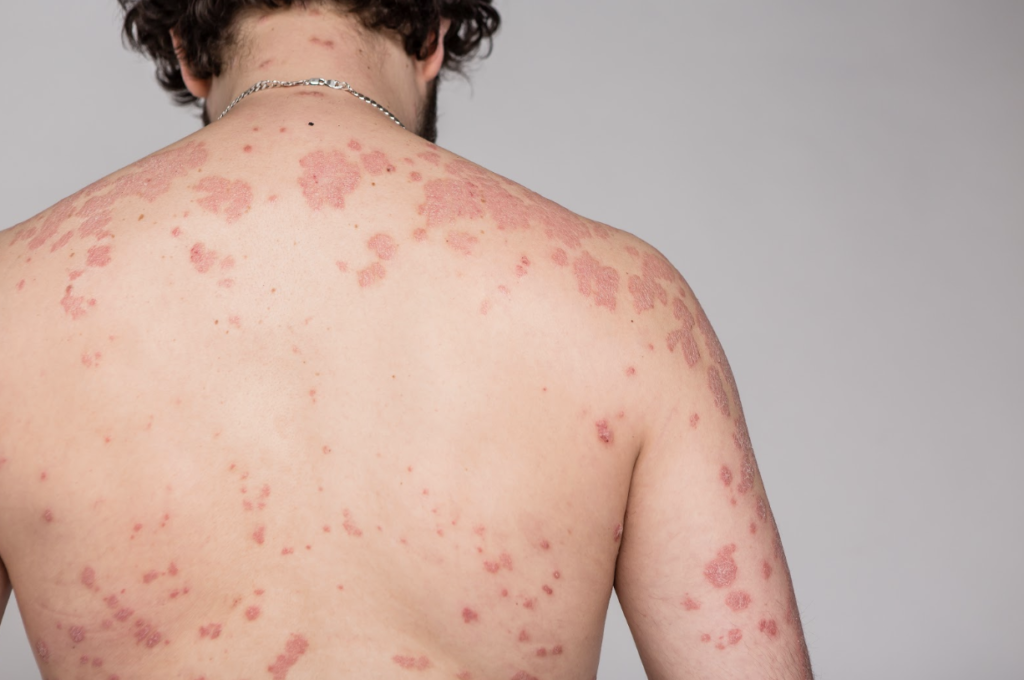A variety of skin diseases that decrease quality of life might be treatable by low dose naltrexone.
Clinical trials have concluded that this medication’s anti-inflammatory properties may help fight skin conditions and autoimmune conditions such as lichen planopilaris, Hailey-Hailey disease, pruritus, and psoriasis.
But… what is it? How does it work?
What is Naltrexone?
Naltrexone is a medication known as an opioid receptor antagonist — a specific type of drug that prevents opiate effects like the feelings of well-being, and pain relief. Naltrexone was approved by the FDA (U.S. Food and Drug Association) in 1984 for the treatment of alcohol, heroin, and opioid addiction.
Originally, naltrexone was approved at a dose of 50 milligrams daily, which is considered a high dose. Naltrexone can treat addictions to alcohol and opioids by blocking pleasure effects of opioids.
Although its original intent was to help reduce addictive behaviors, naltrexone (in low doses) may also positively impact many other diseases.
Benefits of Low Dose Naltrexone
Low-dose naltrexone (LDN) has been studied for its immunomodulatory and anti-inflammatory properties. Autoimmune diseases and conditions that can possibly benefit from low-dose naltrexone includes Crohn’s disease, cancer, multiple sclerosis, rheumatoid arthritis, and fibromyalgia. It may also reduce chronic pain and chronic fatigue.
Low-dose naltrexone is cost-effective with very few side effects. Mild side effects of LDN include vivid dreams, sleep disturbances, headaches, and anxiety.
More recently, evidence for the treatment of skin conditions with low-dose naltrexone has surfaced. While the typical dosage of “high dose naltrexone” is 50 to 100 milligrams daily, low-dose naltrexone is approximately given in doses between 1 to 5 milligrams.
As of 2019, naltrexone has not been approved for the treatment of skin disorders — such usage is considered off-label. Research suggests that the drug may benefit skin diseases such as Hailey-Haley disease, lichen planopilaris, piritus, and psoriasis, due to its wound healing and anti-inflammatory properties.
Naltrexone may be beneficial to the skin because of its ability to heal skin lesions by promoting skin regrowth. Individuals may want to discuss the use of the treatment of skin conditions with their healthcare provider before pursuing naltrexone.
1. May Reduce Inflammation
Low-dose naltrexone has been known to have anti-inflammatory effects that reduce symptoms of and may treat inflammatory diseases and autoimmune disorders. A 2014 study suggests that LDN may be a novel anti-inflammatory agent in the central nervous system, with a specific mechanism of action affecting microglial cells.
These specific type of immune cells are found in the central nervous system (CNS). They are important to the CNS and assist in removing both infections and damaged neurons. The anti-inflammatory effects aiding microglial cells may only occur in low doses of naltrexone, separate from the drug’s effects on opioid receptors.
2. Treats Lichen Planopilaris
Low-dose naltrexone was reported for treatment of lichen planopilaris, an inflammatory skin condition that causes patchy hair loss of the scalp and other body parts. This condition is a form of lichen planus and it mostly affects women in young adulthood.
Symptoms of lichen planopilaris include patches of hair loss, redness and scaling, pain, burning and itching of the scalp.
A medical record review describes 4 women with symptoms of lichen planopilaris who were treated with an ultra low dose of 3 milligrams of naltrexone in addition to varying other topical and oral treatments at the same time. All 4 patients tolerated use of LDN in addition to their other prescription treatments without adverse effects and demonstrated benefits, including reduced scalp inflammation and slowed disease progression in all patients.
3. Fights Hailey-Hailey Disease
The rare genetic blistering disease, Hailey-Hailey disease (HHD) may also be treated by low-dose naltrexone. The rare disorder is characterized by blisters and erosions of the skin around the neck, armpits, skin folds, and genitals.
Hailey-Hailey disease is a result of a mutated gene responsible for creating proteins that promote skin health.
Some treatments for this disease include topical steroids, antibiotics, injections, oral medications or laser resurfacing. These treatments can be harsh and have the potential for severe adverse effects — compared to LDN therapy.
One case study reported on an occurance of treatment-resistant Hailey-Hailey disease that failed to respond to topical and oral steroids. After 4.5 milligrams of low dose naltrexone was given to patients once daily, flares from the disorder were reduced and became less severe.
A case series performed at a dermatology outpatient clinic also sought to conclude the positive effects of low dose naltrexone on HHD. The case series studied three patients with severe Hailey-Hailey disease that had undergone at least 4 other therapies.
The patients were given 3 milligrams of the opioid antagonist every night. All three patients experienced significant healing of their skin erosions — with complete resolution of the lesions within 2 months.
The study states, “The possible mechanism may involve low-dose naltrexone influencing opioid or toll-like receptor signaling to improve calcium mobilization and improve keratinocyte differentiation and wound healing.” Full studies are needed to confirm immune response activated by LDN.
4. Soothes Pruritus
In low-doses, naltrexone may serve as a treatment for pruritus as well. Pruritus, or itchy skin, is a characteristic of many skin diseases. Pruritus is a rather unpleasant feeling that urges individuals to scratch their skin. It can either be localized or generalized on areas of the body, and can either be an acute or chronic condition.
In a small case series studying the effects of low-dose naltrexone for pruritus in systemic sclerosis, three female patients were assessed.
Systemic sclerosis is a rare chronic disease characterized by abnormalities of the skin, joints, and organs. Pruritus is often a symptom of this disease.
In this case series, women were treated with a lower dose of 2 milligrams of naltrexone in the evening. This dosage was increased to 4.5 milligrams for 2 of the patients. All three patients reported an improvement in pruritus, along with softer skin.
Pruritus was completely resolved in two patients due to LDN. No side effects were reported other than two nights of insomnia for a single patient.
5. Helps Heal Psoriasis
Recent studies have found that LDN works to improve psoriasis. Psoriasis is a chronic skin and autoimmune condition caused by an overactive immune system, with symptoms of inflammation, flaking, and red patches of skin.
Most treatments for psoriasis come with several adverse effects and are incredibly expensive. In one case report, a 75 year old male patient with guttate psoriasis was given low-dose naltrexone and saw improvement.
In another case report, a 60 year old woman with a history of moderate, generalized plaque psoriasis saw improvement after taking 4.5 milligrams naltrexone therapy, daily for 6 months. Disease activity of pruritus improved and the affected body surface area decreased from 10% to 1%.
More research is needed, but the case report results are encouraging.
In Summary
- Naltrexone is medication often used to treat opioid addiction, but in low-doses, it can treat skin conditions such as lichen planopilaris, Hailey-Hailey disease, pruritus, and psoriasis.
- Benefits of low-dose naltrexone include anti-inflammatory properties, cost effectiveness, and only mild side effects.
- Evidence suggests that LDN can treat the inflammatory skin condition lichen planopilaris by reducing inflammation.
- According to case studies, patients with Hailey-Hailey disease and pruritus have reported complete resolution of symptoms.
- Studies have recently shown improvement of psoriasis due to low-dose naltrexone in as little as 4.5 milligrams, daily.
Sources
- Li, Z., You, Y., Griffin, N., Feng, J., & Shan, F. (2018). Low-dose naltrexone (LDN): A promising treatment in immune-related diseases and cancer therapy. International immunopharmacology, 61, 178-184. Full Text: https://www.sciencedirect.com/science/article/pii/S1567576918302315
- Patten, D. K., Schultz, B. G., & Berlau, D. J. (2018). The Safety and Efficacy of Low‐Dose Naltrexone in the Management of Chronic Pain and Inflammation in Multiple Sclerosis, Fibromyalgia, Crohn’s Disease, and Other Chronic Pain Disorders. Pharmacotherapy: The Journal of Human Pharmacology and Drug Therapy, 38(3), 382-389. Abstract: https://www.ncbi.nlm.nih.gov/pubmed/29377216
- Younger, J., Parkitny, L., & McLain, D. (2014). The use of low-dose naltrexone (LDN) as a novel anti-inflammatory treatment for chronic pain. Clinical rheumatology, 33(4), 451-459. Full Text: https://www.ncbi.nlm.nih.gov/pmc/articles/PMC3962576/
- Toljan, K., & Vrooman, B. (2018). Low-dose naltrexone (LDN)—review of therapeutic utilization. Medical Sciences, 6(4), 82. Full Text: https://www.ncbi.nlm.nih.gov/pmc/articles/PMC6313374/
- Bigliardi, P. L., Neumann, C., Teo, Y. L., Pant, A., & Bigliardi‐Qi, M. (2015). Activation of the δ‐opioid receptor promotes cutaneous wound healing by affecting keratinocyte intercellular adhesion and migration. British journal of pharmacology, 172(2), 501-514. Abstract: https://www.ncbi.nlm.nih.gov/pubmed/24628261
- Ekelem, C., Juhasz, M., Khera, P., & Mesinkovska, N. A. (2019). Utility of Naltrexone Treatment for Chronic Inflammatory Dermatologic Conditions: A Systematic Review. JAMA dermatology, 155(2), 229-236. Abstract: https://jamanetwork.com/journals/jamadermatology/article-abstract/2716295
- Younger, J., Parkitny, L., & McLain, D. (2014). The use of low-dose naltrexone (LDN) as a novel anti-inflammatory treatment for chronic pain. Clinical rheumatology, 33(4), 451-459. Full Text: https://www.ncbi.nlm.nih.gov/pmc/articles/PMC3962576/
- Strazzulla, L. C., Avila, L., Lo, K. S., & Shapiro, J. (2017). Novel treatment using low-dose naltrexone for lichen planopilaris. Journal of drugs in dermatology: JDD, 16(11), 1140-1142. Abstract: https://www.ncbi.nlm.nih.gov/pubmed/29141063
- Campbell, V., McGrath, C., & Corry, A. (2018). Low‐dose naltrexone: a novel treatment for Hailey–Hailey disease. British Journal of Dermatology, 178(5), 1196-1198. Abstract: https://www.ncbi.nlm.nih.gov/pubmed/28991360
- Albers, L. N., Arbiser, J. L., & Feldman, R. J. (2017). Treatment of Hailey-Hailey disease with low-dose naltrexone. JAMA dermatology, 153(10), 1018-1020. Full Text: https://www.ncbi.nlm.nih.gov/pmc/articles/PMC5817589/
- Frech, T., Novak, K., Revelo, M. P., Murtaugh, M., Markewitz, B., Hatton, N., … & Sawitzke, A. D. (2011). Low-dose naltrexone for pruritus in systemic sclerosis. International journal of rheumatology, 2011. Full Text: https://www.ncbi.nlm.nih.gov/pmc/articles/PMC3171757/
- Muller, G., Grieshaber, R., Talley, J. F., Riepl, M., & Fellows, D. (2018). Compounded Low-dose Naltrexone for the Treatment of Guttate Psoriasis: A Case Report. International journal of pharmaceutical compounding, 22(4), 270-278. Abstract: https://www.ncbi.nlm.nih.gov/pubmed/30021181
Bridgman, A. C., & Kirchhof, M. G. (2018). Treatment of psoriasis vulgaris using low-dose naltrexone. JAAD case reports, 4(8), 827-829. Full Text: https://www.jaadcasereports.org/article/S2352-5126(18)30147-4/abstract



